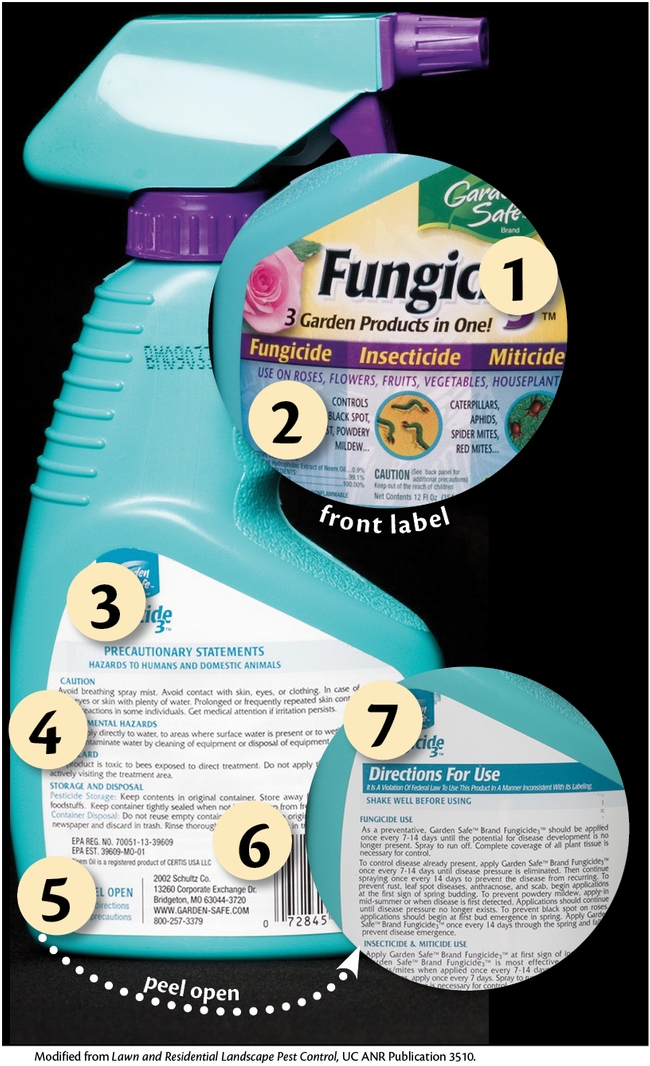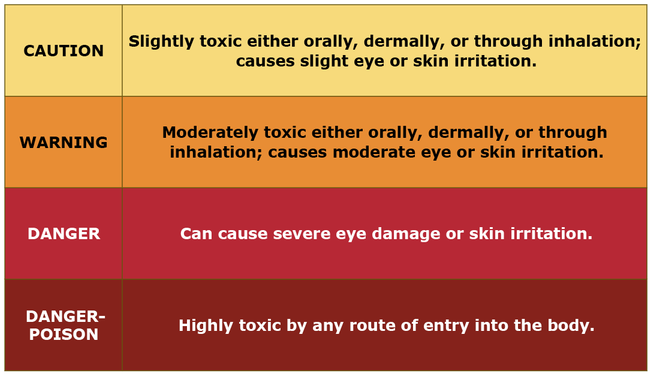Jul 29, 2019
You've probably heard it's important to read the label on a pesticide bottle, but you might not know why or what to even look for on the label. Always read the label before purchasing to ensure you choose the correct product for your needs. (Credit: E Lander)
Always read the label before purchasing to ensure you choose the correct product for your needs. (Credit: E Lander)
Understanding pesticide labels is critical for choosing the appropriate products for the right pest, in the right situation, and for using the correct amounts. Make sure that the pest you want to treat is on the label. The location where you want to apply the product must also be listed.
Pesticide labels are legal documents providing directions on how to mix, apply, store, and dispose of a pesticide product. This means that using a pesticide in a manner inconsistent with its labeling is a violation of federal law. Make sure you always read the label before buying and using any pesticide product.
Essential information on pesticide labels
- Trade or Brand Name. This is the name the manufacturer has given the product. It is used for marketing purposes and is not a reliable guide to the actual chemical makeup of the product. Products with similar names may contain very different ingredients. Manufacturers sometimes change the active ingredient of a product but keep the same brand name. See the Summer 2018 issue of the Retail Nursery & Garden Center IPM News for more details.
- Ingredients. The active ingredient is the part of the product that kills or otherwise affects the target pest. Inert ingredients may have been added to help the active ingredient work better. Both are listed as percentages.
- Precautionary Statements. These describe the known human and environmental hazards associated with the pesticide, how to avoid exposure, which personal protective equipment is required, and how to store and dispose of the product. These statements also include first aid instructions and may include directions for physicians.
- Signal Word. The signal words "CAUTION," "WARNING," "DANGER," and “DANGER-POISON” (in order of increasing toxicity) indicate the relative acute toxicity, or short-term effects, of the active ingredients to humans. They do not refer to long-term effects to humans nor do they indicate the potential toxic effect on other organisms. There may not be a signal word if the product has very low acute human toxicity. See table below for more information about each signal word.
- U.S. EPA Registration and Establishment Numbers. Every registered pesticide has a number assigned to it, indicating that the product has been reviewed by the United States Environmental Protection Agency (US EPA) and found effective to use with limited risk if you use it according to label directions. The establishment number is the code that identifies the site of manufacture or repackaging. Some pesticides are exempt from registration and won't have a US EPA number.
- Manufacturer. The manufacturer's name and address are always shown on the product label in case you need to contact them for any reason.
- Directions for Use. This section lists the plants or sites and the target pests on which the pesticide may legally be used. It tells how to mix and apply the pesticide and how much to use. Always follow these instructions carefully. It also includes information about how to store and dispose of the pesticide and the container.
Originally published as "Reading the Pesticide Label" published in the Spring 2019 issue of the Retail Nursery and Garden Center IPM News.
By Karey Windbiel-Rojas
Author - Associate Director for Urban & Community IPM/ Area Urban IPM Advisor
Author - Associate Director for Urban & Community IPM/ Area Urban IPM Advisor

